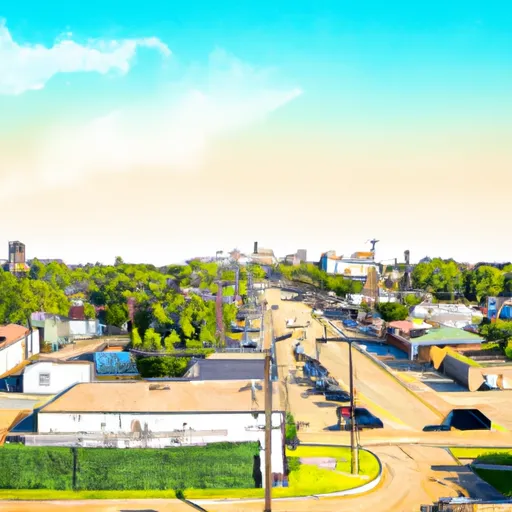°F
°F
mph
Windspeed
%
Humidity











Sondheimer, Louisiana is a small rural community located in the northeastern part of the state, situated in East Carroll Parish. The region experiences a humid subtropical climate characterized by hot and humid summers, with average temperatures reaching the upper 90s Fahrenheit (around 37 degrees Celsius), and mild winters, where temperatures range from the mid-30s to mid-50s Fahrenheit (around 1 to 13 degrees Celsius). The area receives an average annual rainfall of around 55 inches (1397 mm).
Hydrologically, Sondheimer is situated near the Mississippi River, providing easy access to water-based activities. The river supports a diverse ecosystem and is popular for fishing, boating, and wildlife observation. In addition, there are several small lakes and bayous in the area, offering opportunities for outdoor enthusiasts to enjoy activities such as kayaking, canoeing, and birdwatching.
Sondheimer is surrounded by beautiful countryside and offers plenty of outdoor recreational opportunities. The region is known for its hunting, with deer, waterfowl, and turkey being popular game species. The expansive forests and fields provide ample space for hiking, camping, and nature photography. Overall, Sondheimer provides a peaceful and picturesque setting for individuals seeking outdoor adventures and a connection to nature.
Weather Forecast
Sondheimer receives approximately 1436mm of rain per year, with humidity levels near 84% and air temperatures averaging around 18°C. Sondheimer has a plant hardyness factor of 8, meaning plants and agriculture in this region tend to thrive here all year round.
Regional Streamflow Levels
112
Cubic Feet Per Second
14,900
Cubic Feet Per Second
26
Cubic Feet Per Second
146
Cubic Feet Per Second
Nearby Camping
| Camping Area | Reservations | Toilets | Showers |
|---|---|---|---|
| Natchez State Park | |||
| Leroy Percy State Park | |||
| Lake End City Park | |||
| Lake End Park | |||
| Lake Bruin State Park | |||
| Lamar Dixon Expo RV Center |



